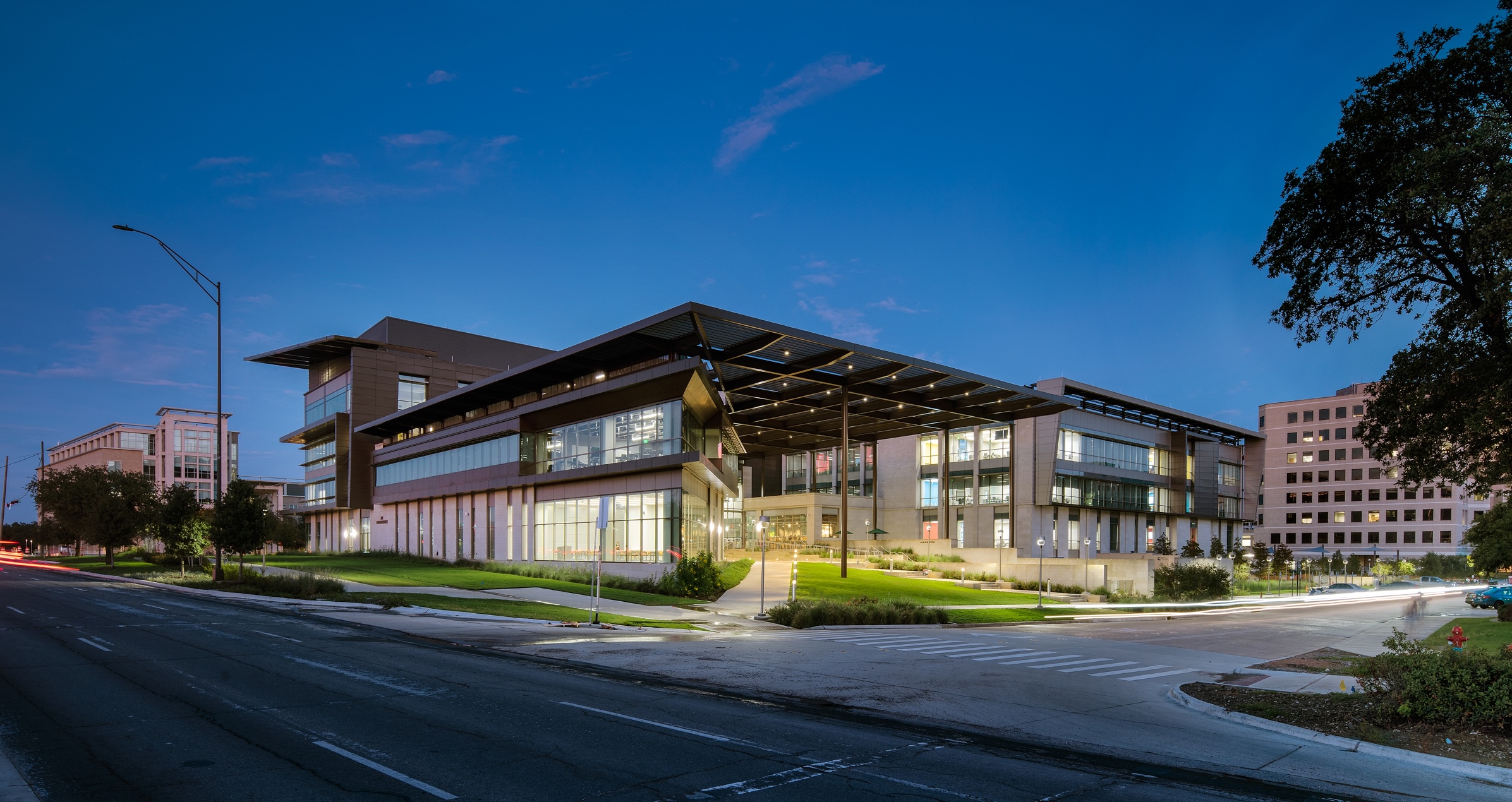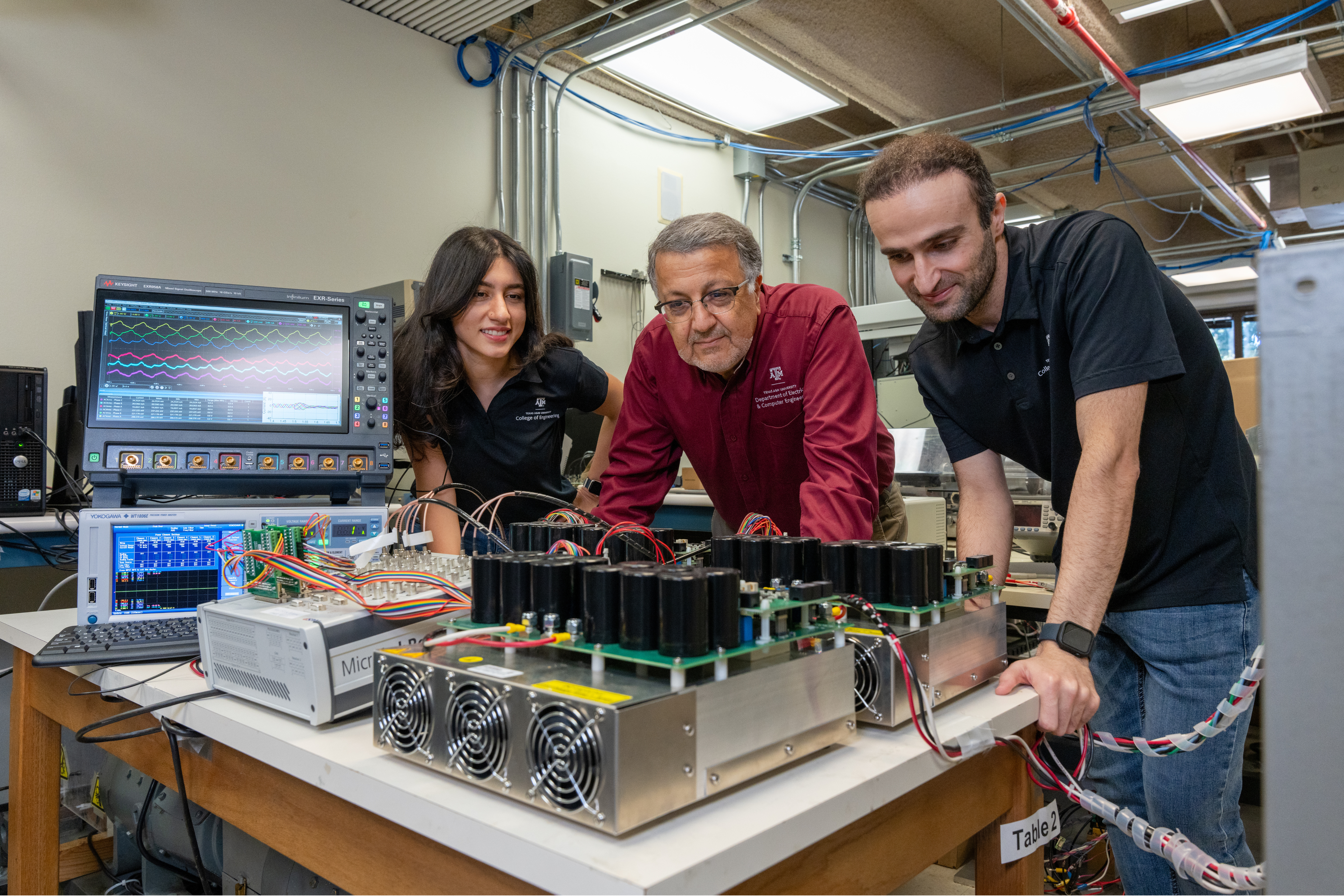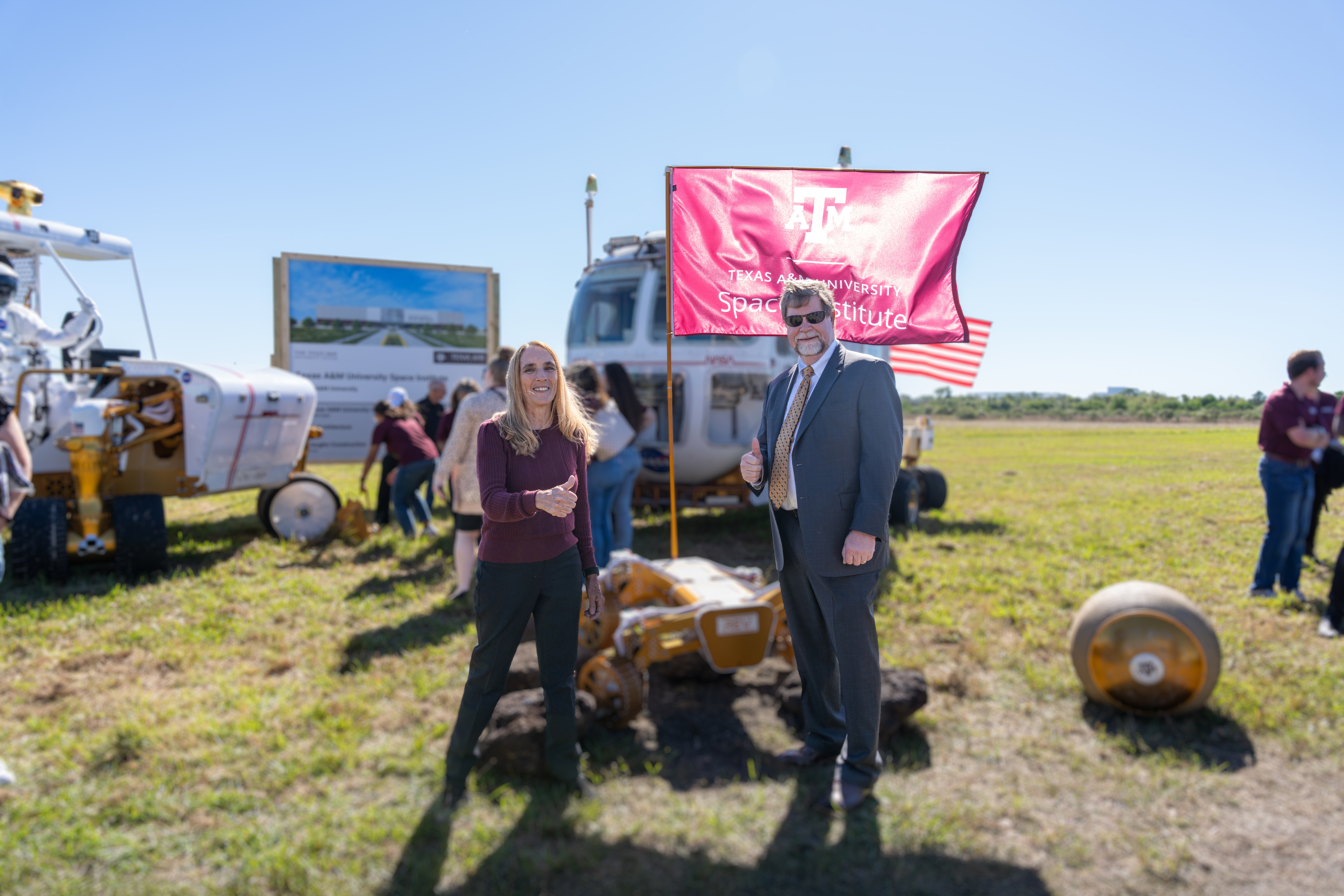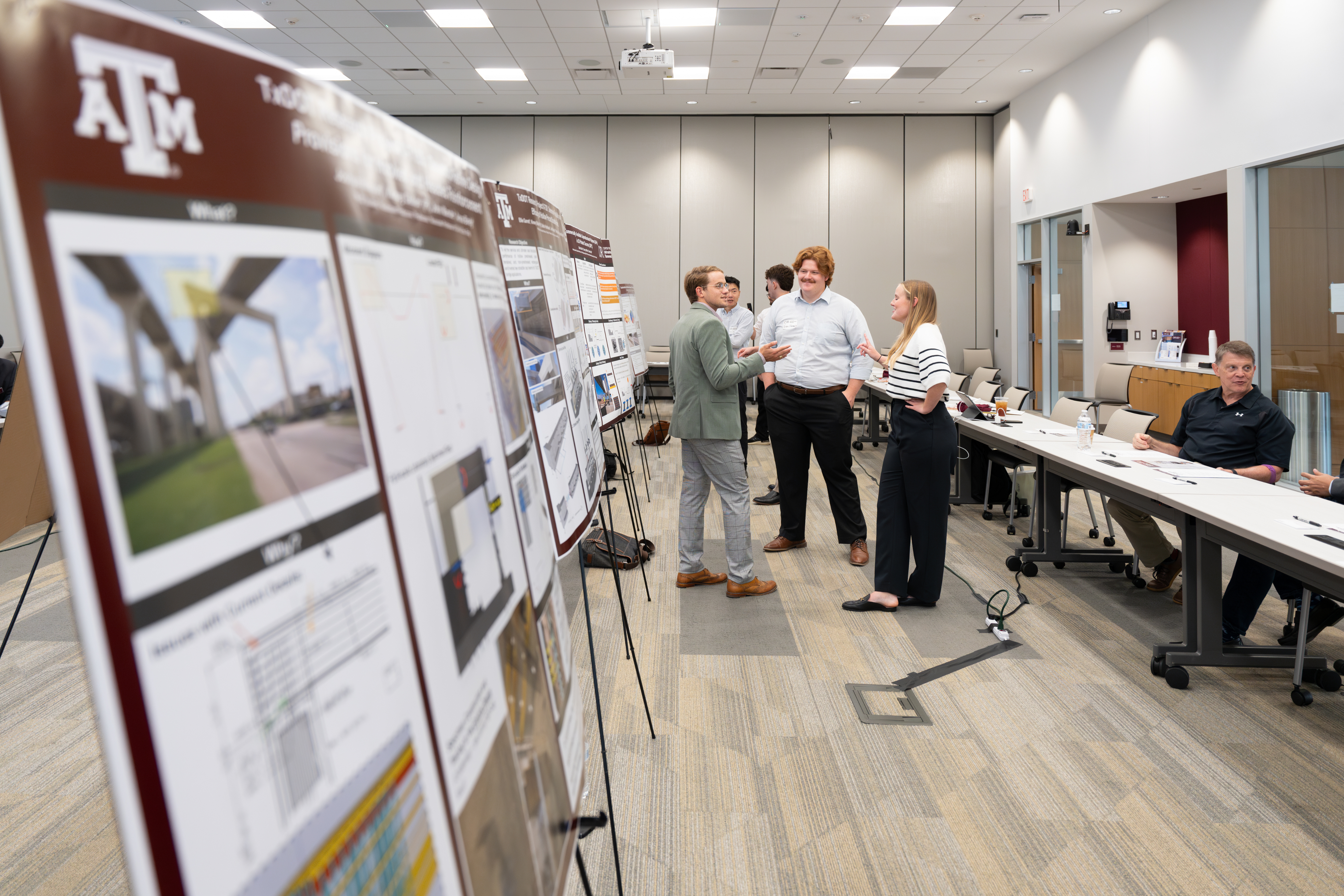-
- Objective 1.1.1: Equip students with strong fundamentals to adapt and lead in a rapidly changing technological environment.
- Objective 1.1.2: Offer advising that combines proven practices with data-driven innovation, helping students accelerate time to graduation.
- Objective 1.1.3: Build student expertise in algorithmic thinking and experiential learning to promote complex problem solving.
- Objective 1.1.4: Create flexible pathways for non-traditional learners.
- Objective 1.1.5: Partner with industry to embed entrepreneurship and IP literacy in the curriculum.
- Objective 1.1.6: Expand statewide access to engineering education.
- Objective 1.1.7: Elevate Computer Science into a School that broadens participation across disciplines.
-
- Blueprint 1.2.1: Increase exposure to emerging fields like Artificial Intelligence (AI) through integration within the curriculum and sprint courses.
- Blueprint 1.2.2: Embed advanced predictive analytics in advising workflows to guide students, while enabling targeted human interventions that improve outcomes.
- Blueprint 1.2.3: Provide training opportunities on innovative teaching methods and pedagogical approaches through the Institute for Engineering Education & Innovation (IEEI) and the Academy of Eminent Educators (AE2).
- Blueprint 1.2.4: Expand hybrid, online, and adaptive offerings with stackable credentials.
- Blueprint 1.2.5: Strengthen programs such as the Meloy Entrepreneurship Program and launch programs to develop an entrepreneurship culture among graduate students.
- Blueprint 1.2.6: Establish a new Engineering Access Office to develop hubs for Engineering and enhance the Engineering Academies.
- Blueprint 1.2.7: Create a School of Computing within the College of Engineering.
-
- Metric 1.3.1: Invest at least $10 million annually to modernize existing teaching facilities and build instructional facilities to provide training in emerging areas.
- Metric 1.3.2: Reach a 275-to-1 student-to-advisor ratio and raise 4- and 6-year graduation rates to 45% and 75%.
- Metric 1.3.3: Introduce new courses that incorporate the latest developments in AI to students, and support project-based learning initiatives.
- Metric 1.3.4: Launch an Engineering Professional Education Office (ePEO) that i s self-funded within five years and serves 10,000 learners annually.
- Metric 1.3.5: Achieve participation in entrepreneurship programs by 20% of graduate and undergraduate students.
- Metric 1.3.6: Offer degree programs in different locations based on local workforce needs and provide Engineering Academy pathways for up to 15% of first-year students.
- Metric 1.3.7: Inaugurate and house the school within the College of Engineering in 2 years.
-
- Objective 2.1.1: Advance research by hiring outstanding faculty and students.
- Objective 2.1.2: Strengthen leadership in nationally significant research.
- Objective 2.1.3: Stimulate interdisciplinary research in emerging areas.
- Objective 2.1.4: Provide world-class infrastructure for transformative research.
- Objective 2.1.5: Lead nationally in entrepreneurship and technology commercialization.
- Objective 2.1.6: Expand global research leadership.
-
- Blueprint 2.2.1: Recruit world-class faculty and exceptional graduate students.
- Blueprint 2.2.2: Create an Engineering Research Office to coordinate and enable research.
- Blueprint 2.2.3: Expand shared facilities and elevate funding opportunities for cross-disciplinary projects or as seed funding for large collaborative initiatives.
- Blueprint 2.2.4: Construct a new research complex, modernize existing labs, and deploy high-powered computing facilities.
- Blueprint 2.2.5: Expand the IP portfolio and enhance start-up support.
- Blueprint 2.2.6: Deepen international collaborations that address global challenges.
-
- Metric 2.3.1: Add 200 tenure-track faculty, maintain a 4:1 T/TT-to-APT ratio and a 25:1 faculty-to-student ratio, grow graduate enrollment to 40% of total students over 10 years and engage 40% of our undergraduates in research experiences.
- Metric 2.3.2: Grow annual research expenditures to $1 billion over 10 years and place 20% of Ph.D. graduates in academia or national labs.
- Metric 2.3.3: Increase shared space by 50% and provide matching funds for at least 20 projects at up to $50K each.
- Metric 2.3.4: Deliver a 200,000 sq. ft. complex, invest $50 million in research infrastructure upgrades, and leverage the $55 million TEES IGNITE computing initiative.
- Metric 2.3.5: Increase IP holdings by 25% and launch 25 new start-ups.
- Metric 2.3.6: Grow global research partnerships by 50% and double international collaborative projects.
-
- Objective 3.1.1: Strengthen partnerships with former students and stakeholders
- Objective 3.1.2: Become the destination college for students committed to national leadership and service.
- Objective 3.1.3: Establish global leadership in engineering education and innovation.
-
- Blueprint 3.2.1: Increase public engagement and highlight engineering’s societal impact.
- Blueprint 3.2.2: Enhance leadership programs such as the Zachry Leadership Program and participation in the Corps of Cadets.
- Blueprint 3.2.3: Accelerate international partnerships and exchanges tackling urgent challenges.
-
- Metric 3.3.1: Boost outreach activities by 20% annually.
- Metric 3.3.2: Exceed 25% student participation in leadership and service programs.
- Metric 3.3.3: Establish academic partnerships with two peer and two aspirational peer international institutions each year. Increase the global experience of our students to 50%.
-
- Objective 4.1.1: Ensure strong financial stewardship.
- Objective 4.1.2: Attract and retain high-performing professional staff.
- Objective 4.1.3: Develop effective academic leaders.
- Objective 4.1.4: Grow philanthropic support for strategic priorities.
- Objective 4.1.5: Enhance visibility to achieve a positive national reputation.
-
- Blueprint 4.2.1: Align college and TEES finances, build reserves, and support strategic initiatives.
- Blueprint 4.2.2: Transform TEES HR into a People Office focused on engagement and professional development.
- Blueprint 4.2.3: Provide mentoring and leadership programs for current department heads and directors, as well as develop future academic leaders.
- Blueprint 4.2.4: Engage former students and donors to fund bold initiatives.
- Blueprint 4.2.5: Modernize the Engineering Communications office to leverage digital storytelling and analytics.
-
- Metric 4.3.1: Maintain a balanced budget with a 10% discretionary fund for strategic initiatives and 10% reserves.
- Metric 4.3.2: Establish the People Office and offer at least three staff development programs each year.
- Metric 4.3.3: Conduct at least two leadership workshops per year.
- Metric 4.3.4: Increase fundraising by 20% annually toward a $100 million target.
- Metric 4.3.5: Increase national visibility through a 15% year-over-year growth in digital engagement (media placements, social reach, and story engagement) as measured through analytics.




